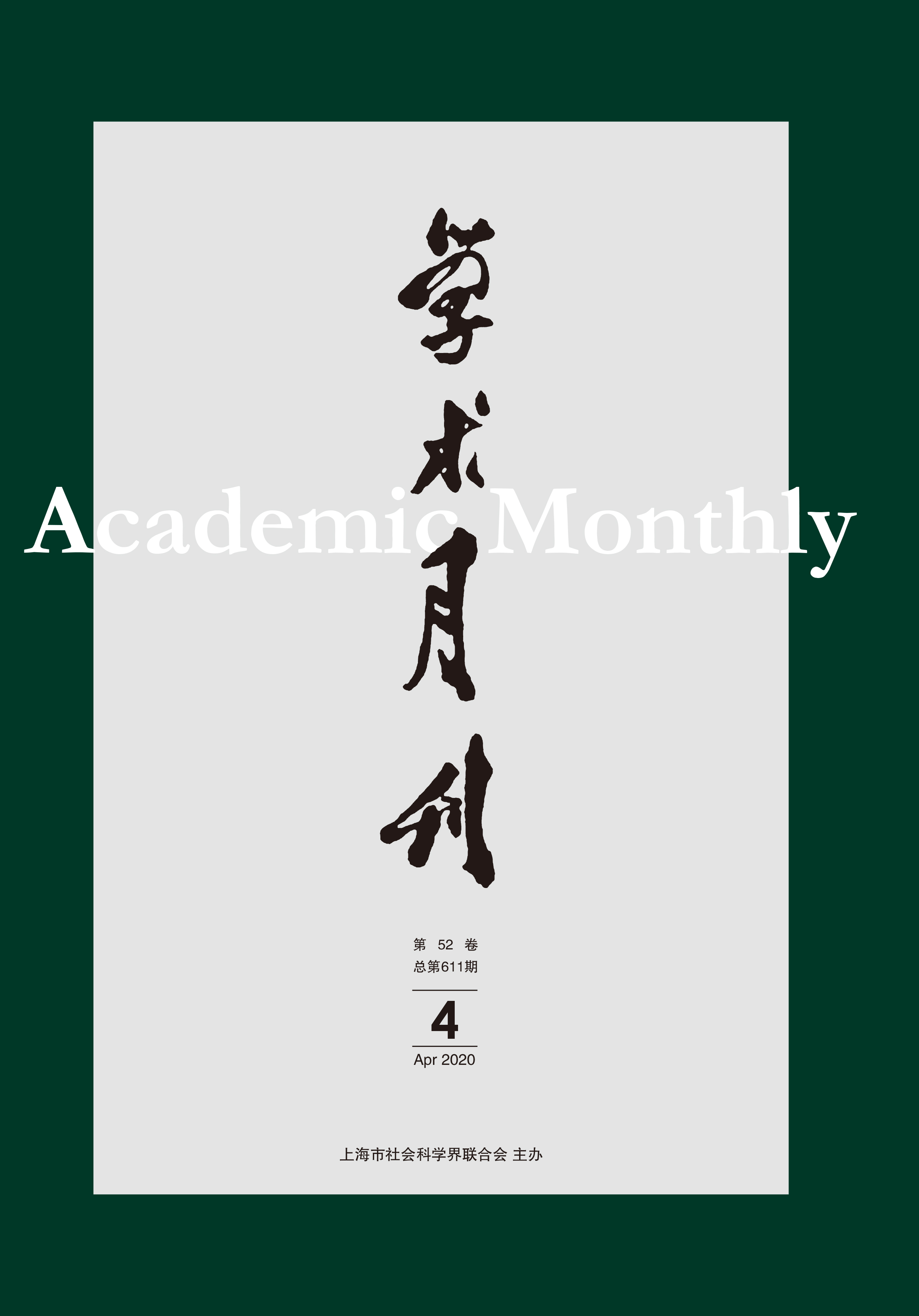Large-scale Reallocation of Factors and the Lubrication of Public Ownership
- Available Online: 2020-04-01
Abstract: After 40 years’ development, China has been the second largest economy. It has successfully achieved a long and high-speed economic growth by pushing labor and land factors from the agricultural field into the process of industrialization and urbanization. However, in terms of history and international experience, growth factors are often locked in the agricultural sector before economic take-off. How are the factors reallocated on a large scale in China? Socialist public ownership provides institutional basis and strong support for the reallocation of factors and even for the rapid industrialization process in China. Land public ownership not only provides flexible guarantee for farmers to transform into migrant workers, but also provides flexible space for non-agricultural use of land. The role of public ownership shows that the economic take-off can only be achieved through the corresponding institutional arrangements to promote the smooth reallocation of factors, and the effective use of property rights in the take-off process may be more important than the protection of property rights. Furthermore, public ownership does not necessarily represent the bottom of resource utilization efficiency, and the key lies in the construction of effective governance mechanism. Public ownership constitutes the institutional and material basis of social equality, and the competition and innovation on it will be more powerful, which is the essence of the socialist market economy.




 沪公网安备 31010102003103号
沪公网安备 31010102003103号 DownLoad:
DownLoad:
